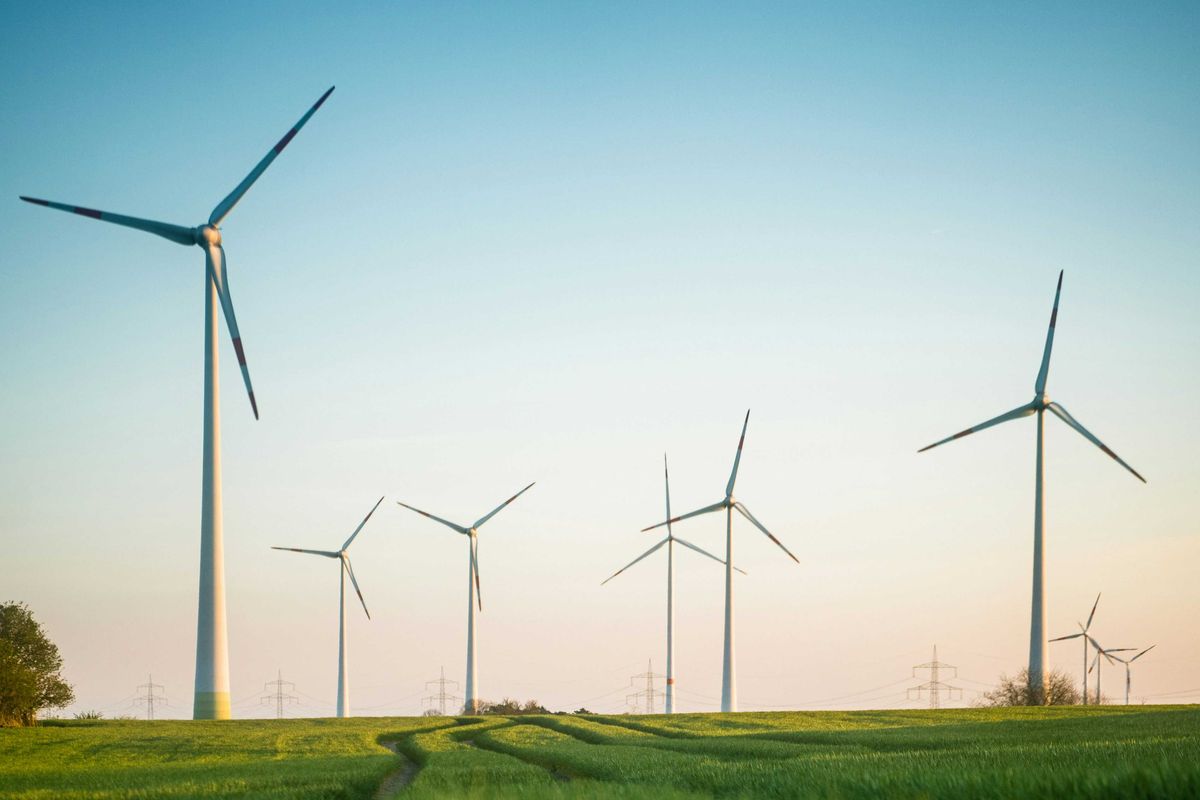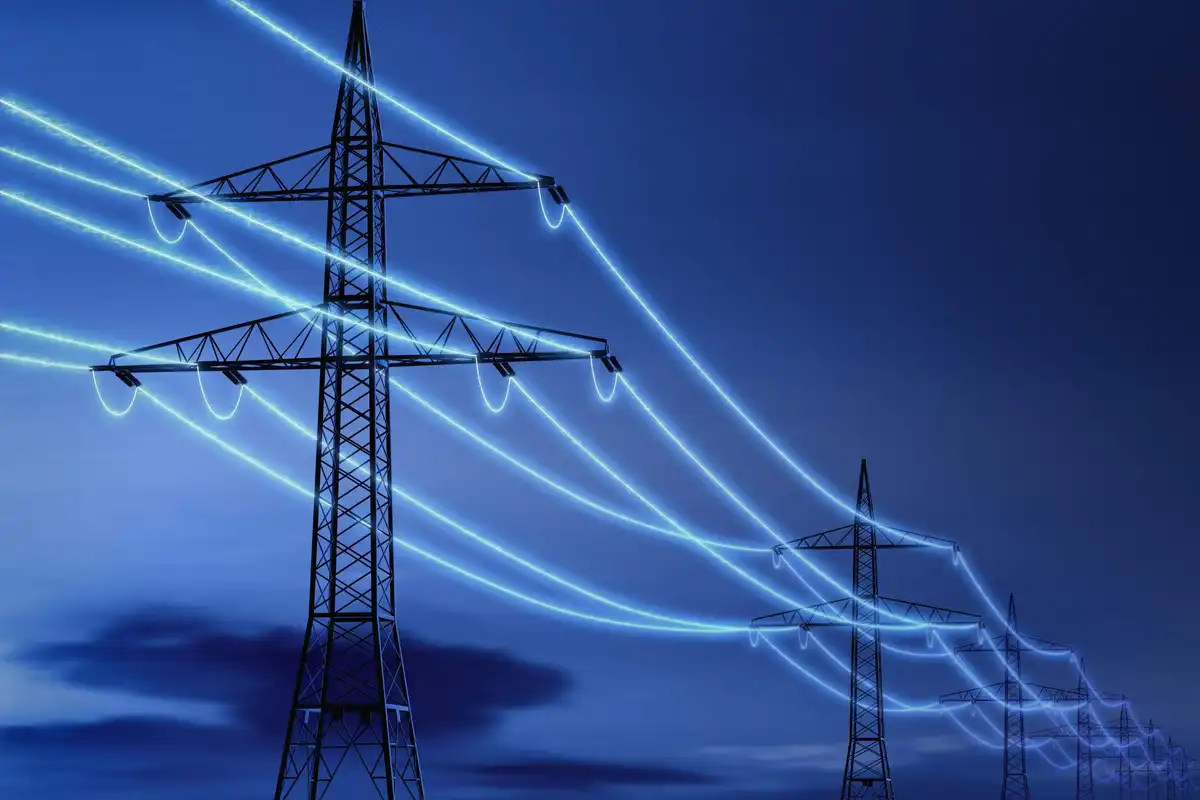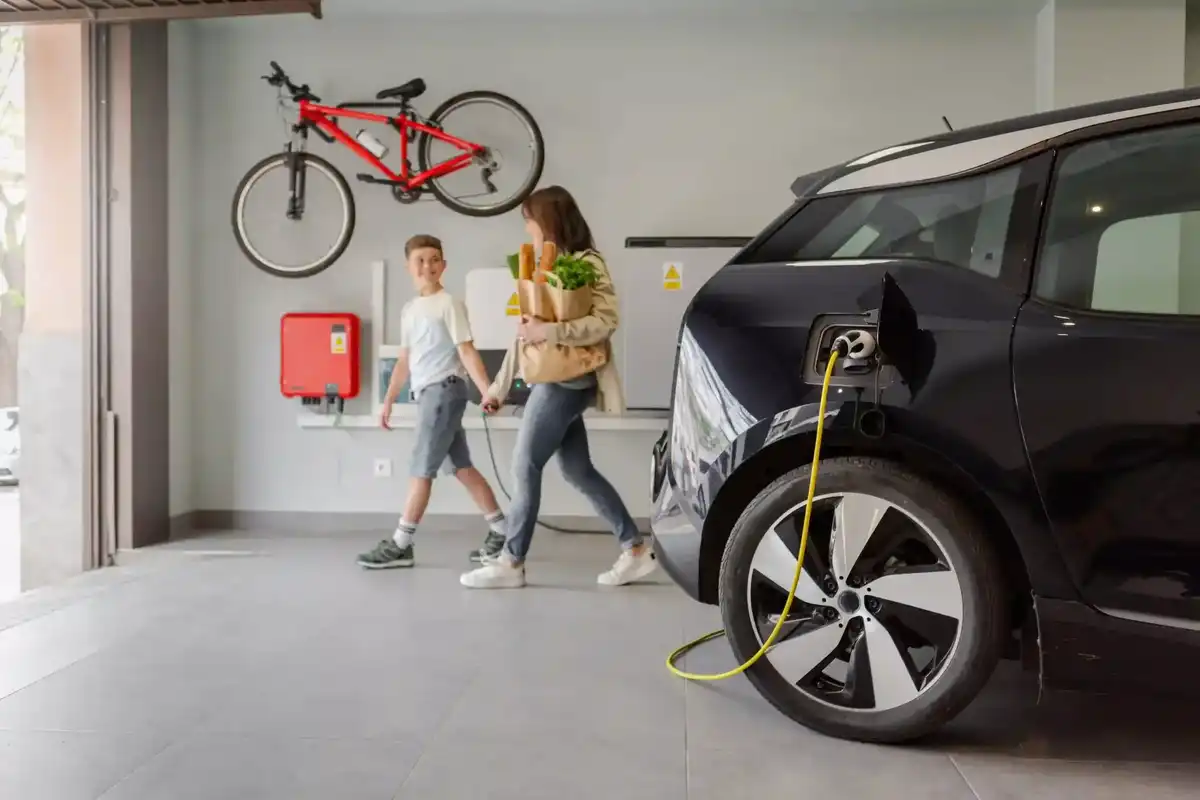After experiencing the hottest day on record this past Fourth of July, PJ Popovic — CEO and founder of green energy retailer Rhythm Energy — explained what extreme temperatures like these mean for Texas’ energy market and the role renewables will play in addressing increased demand response.
Headquartered in Houston, Rhythm Energy launched two years ago and offers a variety of 100 percent renewable energy backed plans, from wind to solar. Popovic discussed with EnergyCapital where he thinks renewables fit into Texas’ energy consumption and grid reliability issues in an interview.
EnergyCapital: Let’s start with some background on Texas’ electricity and energy market. Can you explain ERCOT and PUC and the roles they play in our current market?
PJ Popovic: ERCOT first of all, it stands for Electric Reliability Council of Texas. So basically, the easiest way to explain it is it’s our transmission organization and it really coordinates movements of wholesale electricity in most of the state of Texas. It really manages the price of power and balances supply and demand. To make sure that we have power when we flip the light switch on, make sure that power is there. Besides ERCOT, we have something called transmission companies, which is if you know, centerpoint, or ENCORE as an example, they really transport the power and they're compensated by a fee on customers bills. So every customer bill, including the ones that we send with Rhythm, includes Centerpoint charge, which is really the cost of automated Centerpoint maintaining those, those transmission and distribution networks.
And then the Public Utility Commission — the best way and easiest way to explain it — is really responsible for regulating the whole electricity market. And besides the electricity market, they also regulate telecommunications and water and sewer utilities in Texas as well. And they are responsible for making sure we have a well functioning market. Lately there’s been a lot of news because of the market design changes, which really have to be okay with them because that really ties in to regulation of the market and they also resolve customer complaints. Maybe that's another function they do.
EC: What are renewables’ roles in Texas’ energy consumption? How do they play a part in the electric grid’s demand response?
PJP: We really talk a lot about the energy transition, and over the years, you're hearing that more and more in the news. One interesting thing about Texas is that we already went through a first phase — a huge phase — of energy transitions in the prior years. So we've kind of been there, done that.
When I think about energy transitioning, it's really a continuation and acceleration of what's already started. Texas has really secured the top spot right now, in being the biggest renewable provider or having the largest generation fleet powered by renewables in the United States, and really, there was a huge decline in coal, which didn't happen just in Texas, it was across the United States. It really was compensated and then some with the growth in wind and solar.
Renewables play an incredibly important role in Texas — with Texas being a very competitive, free market. It's able to attract a lot of investments and get renewables at scale, which ultimately does lower all of our electricity costs. Demand has been growing in Texas tremendously. Texas summer consumption, highest of the days, hit 79 to 80 gigawatts. Every single year Texas adds approximately one more gigawatt of demand. If you look at the grid growth, we're growing in summers, we're growing even more in winters between.
EC: Since the freeze and subsequent power crisis of 2021, have you noticed a shift in public opinion towards renewables?
PJP: Yes, we have as part of Rhythm. So the unfortunate reality is I think that renewables became a very political question and there's always the question like, “What is right thing versus what is left thing,” and that's the sad reality and I will come come back to it because just a long story short, renewables are and will become a major part of how we supply homes and businesses.
But the shift in public opinion was evident after winter storm Uri. We saw a combination of misinformation, lack of knowledge about how renewables work in the electricity kind of grid collapse we had during the winter storm. And there were a lot of questions about whether winds can support anything, whether it's going to be available when it's hot or cold.
There is still a lot of I would say speech that is not necessarily painting renewables correctly. For example, when we talk about dispatchable generation we tend to talk about gas power plants, about how we need gas power plants. One of the things that I think is beautiful about renewables is that really technology is evolving rapidly and it's advancing insanely fast. And when you talk about dispatchable generation, five years ago, yes, it was gas. But if you think about today, there are already batteries being installed in Texas, and if you think about the future, there's probably half a dozen or dozen different technologies that are going to be renewable based technologies that will potentially play the role of dispatchable generation.
EC: So, if solar continues to grow in market share and sizzling summers continue, why isn't solar taking a larger role in supporting Texas' grid?
PJP: Let's talk about the challenges as well of solar and renewables as they stand today. First of all, one thing I want to set clear, none of the situations we're in should be a surprise. It should not be a surprise at all that we question whether we're going to have electricity in, for example, cold winter days. We've been going through this transition for years. And what happened, we kept retiring dispatchable generation such as coal, which is a good thing, because of the pollution and other other impacts it has on our communities. At the same time, we kept building renewables and there is a continued retirement of generation acids today, and there is at the same time significant upward pressure on the low data centers, electrification and so forth. We also have really great incentives to build more renewables through the inflation Reduction Act, so you're gonna see that acceleration.
However, this is not sustainable. There are periods of time where we do need dispatchable generation, solar and renewables are not dispatchable so there is the famous saying, "if the wind is not blowing or the sun is not shining, we're not gonna get any electricity." So the changes in mix where you switch from more dispatchable generation to more just renewable generation is a dangerous one, if you do not have appropriate balance and appropriately view how much generation you need for some really specific hours or specific days with some extreme weather temperatures. So we're quite keen on getting appropriate market design that will incentivize the buildup of dispatchable generation. We love solar, we love wind intermittency, but not being able to turn it on and off is not a bug. It's a feature of that generation. We knew that all along. So the question is really, how do you compliment that with some dispatchable generation that will allow you to secure a well functioning and cost competitive grid?
EC: What real incentives for consumers should be considered to improve demand response?
PJP: Demand response is one of those components that we really love because we believe that that's definitely again a feature of the grid of the future. I would say maybe before we even go about demand response, first of all, there's a number of solutions that need to be done on the generation side. And those solutions, we are firm believers, should not be locking us into a certain technology. I would say you have to have the right incentives to incentivize the build out to dispatchable generation. However, don't lock us into one technology because technology is rapidly advancing.
We in Texas have to take energy efficiency seriously. If you look at the growth of the load of the demand in Texas, our winters are growing more rapidly than summer peaks. So summer peaks, approximately two and a half gigawatts year over year growth. Winter peaks are growing three and a half gigawatts, and that's not sustainable because at one point you're not going to be able to build out enough generation and enough demand response to be able to supply power to those homes in the cold winter days if we have inefficient electric heating, which is what we're seeing in Texas. Energy efficiency standards have to be raised and that's something that's going to pay dividends in the next several years already.
Demand response is something we're quite keen to see more of. At Rhythm for example, we serve close to 20,000 solar customers with rooftop solar, a lot of them have batteries. So the pulling of those batteries is an example. Being able to dispatch those batteries provides electricity not just for those homes, but also sending the electricity back to the grid is becoming immense. And it's not only a question about what we have today, it's a question about the growth we're seeing in solar and battery installations. The homes are installing solar at a really rapid pace and we're getting to some serious size in terms of what we have behind the meters.
EC: What do you want people to know about how Rhythm addresses grid instability?
PJP: At Rhythm, we really take having a reliable and cost effective grid seriously, so there are a number of solutions we're putting in place and solutions that are coming up that we're going to hopefully be able to announce within the next couple of weeks. We started this 100 percent renewable company, to support energy, movement to renewables and we want to support specific assets that are built in Texas. We are huge believers that renewables are part of the overall solution because every megawatt hour we have from renewable generation is a megawatt hour we do not have to produce from coal or gas. We all know, especially after last year and this year's events, which is the war in Ukraine, how important that is because energy and commodity prices can skyrocket.
Rhythm supports that build up to renewables. At the same time we do advocate for really responsible solutions in the market. So we are actively advocating on behalf of our customers to make sure we have a reliable and well functioning grid. How do we do that? We do that through conversations around performance credit mechanisms, making sure we implement it in a way that benefits Texas consumers. We are the face of Texas customers, we have to explain anything that's not logical that gets implemented. So we take personal responsibility around how those solutions are being really developed and what makes sense for the consumer.
Lastly, we want to look beyond just global energy credits and look at the real products that can make a true difference. So we are investing money now in building new products that are going to incentivize customers to move consumption from those very expensive periods into cheaper periods. Move away from those expensive periods where we pollute a lot, when there is a lot of dirty generation, into periods where we have more renewables. We're going to do that through smart plans that are coming up. We're going to do that to plans where people get a clear financial signal incentive of changes in behavior that will benefit both the grid overall Texas market and their bills. So that's one thing I'm really excited about. We should be launching in a week and a half to two weeks.
------
This conversation has been edited for brevity and clarity.








 Air Liquide and Hyundai agreed to expand hydrogen refuelling networks, storage capacity and more at a meeting in Seoul last week. Photo courtesy Air Liquide.
Air Liquide and Hyundai agreed to expand hydrogen refuelling networks, storage capacity and more at a meeting in Seoul last week. Photo courtesy Air Liquide.
